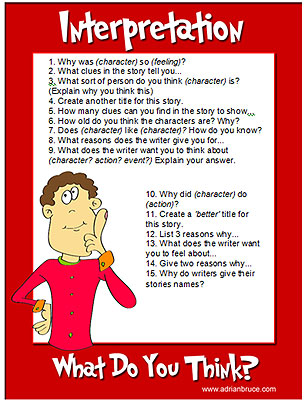
The article that I read for Guided Reading is called, Promoting Literacy Development for Beginning English Learners. The article is written about a third grade classroom with a Chinese ESL student. With the help of his ESL teacher and her techniques, he becomes a more enriched reader and writer. His teacher begins the expansion of the cognitive process by choosing a story that is familiar to children from all around the world, Jack and the Beanstalk. Many children have read this book time and time again and are familiar with the plot in their own language. From there, they began by reading the story in Chinese. After the story was read in Chinese, they read the story chorally in English. Reading the story chorally allowed the teacher to help the student make personal connections and comparisons to the other version of the story. Once both languages had been read, they made a word bank of all of the sight words that he had the phonemic knowledge about. With each reading of the story, the teacher pushed him to increase his vocabulary and sentence structure by encouraging him to think aloud and add more depth to his sentences. The project took two months to complete, but at the end of it, he could read the story and comprehend the vocabulary. He displayed his understanding by writing paragraphs about details from the story. The article lists many ways that teachers can help ESL students in their classrooms. In your own classroom, what are some ways that you believe will be beneficial when helping ESL students read?
Text Retrieved from Eric: 3/26/12 http://web.ebscohost.com.proxy.lib.utk.edu:90/ehost/pdfviewer/pdfviewer?vid=6&hid=104&sid=9e2cb871-4da4-4338-a68c-70152cd4051d%40sessionmgr110
Written by: Eurydice Bouchereau Bauer, Juliana Araz
Text Retrieved from Eric: 3/26/12 http://web.ebscohost.com.proxy.lib.utk.edu:90/ehost/pdfviewer/pdfviewer?vid=6&hid=104&sid=9e2cb871-4da4-4338-a68c-70152cd4051d%40sessionmgr110
Written by: Eurydice Bouchereau Bauer, Juliana Araz
